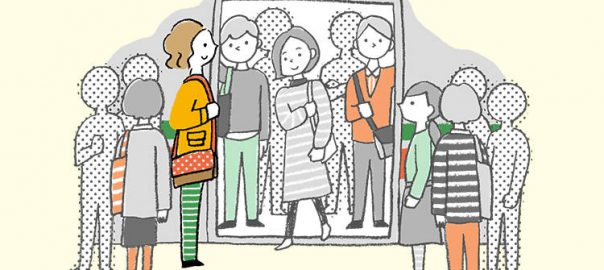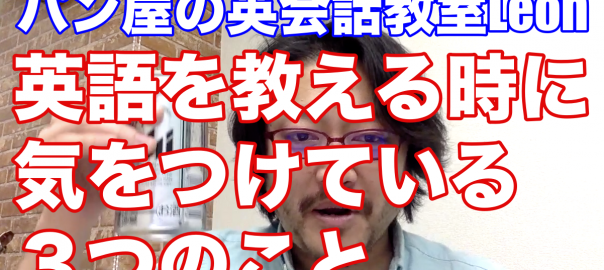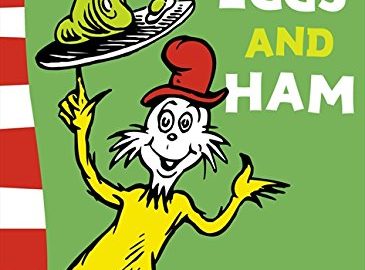こんにちは!Shotaです。
Are you keeping social distance?
Are you putting on a mask?
Are you trying to stay home except when it’s necessary?
Keep going like that to overcome the coronavirus!
一人一人の協力で、早くコロナが収束するよう、頑張りましょう!
今回から数回にわたり、よく使う助動詞を説明していきます。
今回は”Must”と”May”です!
【Must】
Mustは人に何かを強制したり、禁止したり、強い意味を持ちます。
まずメインの意味である(1)(2)を確認しましょう。
(1)~しなくてはいけない(強制)
You must attend the meeting.
(S) (助) (V) (O)
あなたはその会議に参加しなくてはいけない。
(1)の意味が否定形になると、(2)の禁止の意味になります。
(2)~してはいけない(禁止)
You must not smoke here.
(S) (助) (V)
ここでたばこを吸ってはいけない。
メインの意味である上記(1)(2)のほかにも意味があります。
以下(3)(4)もやはり強い意味であることに注目してください。
(3)(絶対)~したほうがいい(強いオススメ)
「このCDマストだよ!」とか「この冬マストバイの家電一覧!」のように、日本語でもよく使われているような意味です。強いオススメを表します。
You must buy their new album!
(S) (助) (V) (O)
彼らのニューアルバム絶対買ったほうがいいよ!
(4)(絶対)~に違いない(強い推量)
推量や確信はmayやcanなどにもある意味なので、皆さん混乱されると思いますが、要するに確信度の強さが違います。推量とは「~かも」とか「~なはずだ」と予想するような使い方で、その確信度で使う助動詞が変わってきます。「~に違いない」はほぼほぼ自分の予想通り(80%以上)だと思っているときに使います。海外ドラマや映画を見ているとこの表現バンバン出てきます。メインの意味より使用頻度高いと思います。
You must love her.
(S) (助) (V) (O)
あなたは彼女が好きに違いない。
【May】
MayはMustほどの強さはありませんが、目上の人やお客さん相手に許可を求めたりするときに使います。まずはMustと同じく、メインの意味(1)(2)をチェックしましょう。
(1)~してもよろしい(許可)
May I have your name?
(助) (S) (V) (O)
お名前頂戴してもよろしいでしょうか?
上の例のように疑問文で、目上の相手やお客さんに許可を求めるように使うことが多いです。ちなみに肯定文でつかうとけっこう偉そうになる(王様が指図するような感じ)ので、あんまり使っている人は見たことないです。(1)の否定形が(2)です。
(2)~してはいけません(不許可)
You may not eat or drink (in the museum).
(S) (助) (V)
博物館内では飲食してはいけません。
不許可の“may not” は 禁止の“must not”と似ていますが、”must not”のほうが強い意味を表しています。簡単に言うと、“must not”の場合「~するな」とすごんでいる感じで、“may not”の場合「~したらいけませんよ」と注意している感じですね。
Mayもメインの意味(1)(2)以外にも意味があります。見ていきましょう。
(3)~かもしれない(推量)
/I may be wrong.
(S) (助) (V) (C)
私が間違っているかもしれない。
Mustよりも低く、50%くらいの確信度です。上記の文ならば、「自分が間違っているかもしれないし、正しいかもしれない」くらいのニュアンスですね。
(4)~しますように(祈り)
May your dreams come true.
(助) (S) (V) (C)
あなたの夢が叶いますように。
幸福や前途をお祈りするような意味です。Mayが文頭に来ますので、気を付けてください。ここまでMustとMayを説明しました。両者は似ていますが、意味の強さの違いを理解するようにしてみると、わかりやすいのではないかと思います。
それではまた来週!








